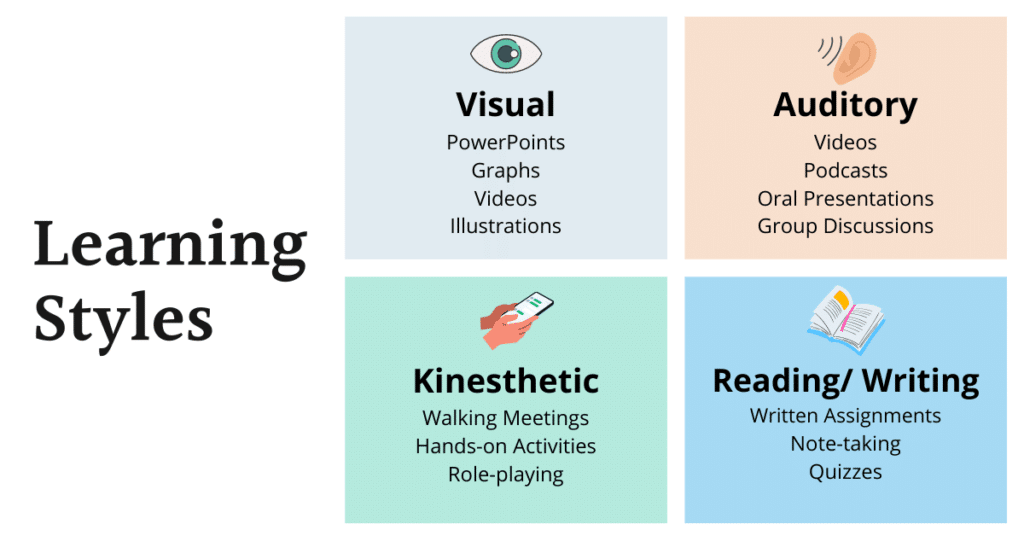The key to a successful winery lies in the harmony of its workers. However, an untrained winery worker, lovingly nicknamed “Brett,” can quickly become a recipe for disaster. Much like that mischievous Brettanomyces yeast, a lack of training and knowledge among winery employees can introduce unwanted elements into the winemaking process, compromising quality and reputation.
In this article, we’ll explore key insights from a recent webinar, focusing on team training strategies, while also highlighting safety measures for winery operations. You can watch the webinar below, too!
In order to effectively train adults, it’s crucial to let go of the “we have always done it this way” mentality and embrace a new approach. Training adults is a whole different ball game, and many of us who find ourselves in a training role have never been trained to train!
But, Who Has the Time for Proper Training?
The bigger questions should be:
- Who has the time for a mistake an untrained worker makes?
- Who has the time for OSHA fines?
- Who has the time for damaged wines/equipment?
- Who has the time for lawsuits over lack of training?
Accidents in the winery can have a lasting impact on reputation and success. Not all publicity is good publicity!
Understanding Adult Learners
Adult learners have unique characteristics and preferences when it comes to training. Recognizing these traits and tailoring your winery training program to accommodate them can significantly enhance knowledge retention and make for happier learners.
1. Self-Directed Learning: Let your employees take the reins of their learning journey. Provide the necessary resources and support throughout the process.
2. Relevance and Application: Find ways to make the training materials come to life by connecting them to real-life winery situations. Share your personal stories! Emphasize the practical application of knowledge and how it impacts day-to-day tasks.
3. Collaborative Learning: Create an environment of teamwork and knowledge sharing. Incorporate group discussions and problem-solving activities that encourage collaboration among employees.
4. Varied Learning Styles: Recognize that not all employees learn the same way. Cater to different learning preferences by using a combination of visual aids, hands-on activities, written materials, and verbal instructions.

Not sure how someone learns? Ask them! Understanding HOW someone learns can make training less frustrating for both the trainee AND the trainer.
Creating an Optimal Training Environment
Training new hires can sometimes feel like screaming into the void. To maximize the effectiveness of your program, implement the following strategies:
1. Engage Learners from the Start: Set the stage for success by creating an inviting and supportive training atmosphere. Clearly communicate expectations, highlight the purpose, and emphasize how it contributes to employee safety and overall winery success. Be direct and patient.
2. Provide Clear Instructions: Break down complex concepts into easily digestible steps. Use visuals and concise language to make instructions more accessible.

3. Encourage Questions and Open Dialogue: Create a safe space where employees feel comfortable asking questions. The best learning often happens through open dialogue and the exchange of ideas.
4. Incorporate Hands-On Training: Whenever possible, provide hands-on training experiences that allow employees to apply their knowledge in a controlled environment.
5. Understand Roadblocks to Effective Training: Noise, heat, movement, discomfort, and sleep can all impact the effectiveness of training. Make accommodations to ensure better knowledge retention and create an environment where employees are comfortable.
Safety, Safety, Safety, Safety First
While effective training is crucial, ensuring the safety of your winery’s operations is equally important. Consider the following strategies you can implement today:
- Regular Safety Training: Conduct regular safety training sessions to refresh employees’ knowledge and raise awareness of potential hazards. Topics may include chemical handling, machinery operation, and emergency procedures. Document your training by having team members sign off that they have been trained.
- SDS and PPE: Keep Safety Data Sheets (SDS) for all cellar chemicals and gases, and ensure your team (and you!) know how to read them. Always have the required Personal Protective Equipment (PPE) on hand and readily available.
- Document Standard Operating Procedures (SOPs): Clearly document and communicate SOPs for critical operations. This includes cleaning procedures, lock-out / tag-out protocols, and confined space entry(CO2!). Make them easily accessible to all employees, ensuring everyone is on the same page.
- Conduct Safety Inspections: Regularly inspect equipment, machinery, and work areas to identify and address potential safety hazards promptly. Encourage employees to report any safety concerns to create a proactive safety culture.
- Foster a Safety-Conscious Culture: Promote a safety culture by recognizing employees who consistently adhere to safety protocols. Encourage active participation in training and involve employees in improving safety measures.
By investing in effective training strategies, embracing adult learning principles, and prioritizing safety measures, wineries can create a workplace where employees thrive and wine quality soars!